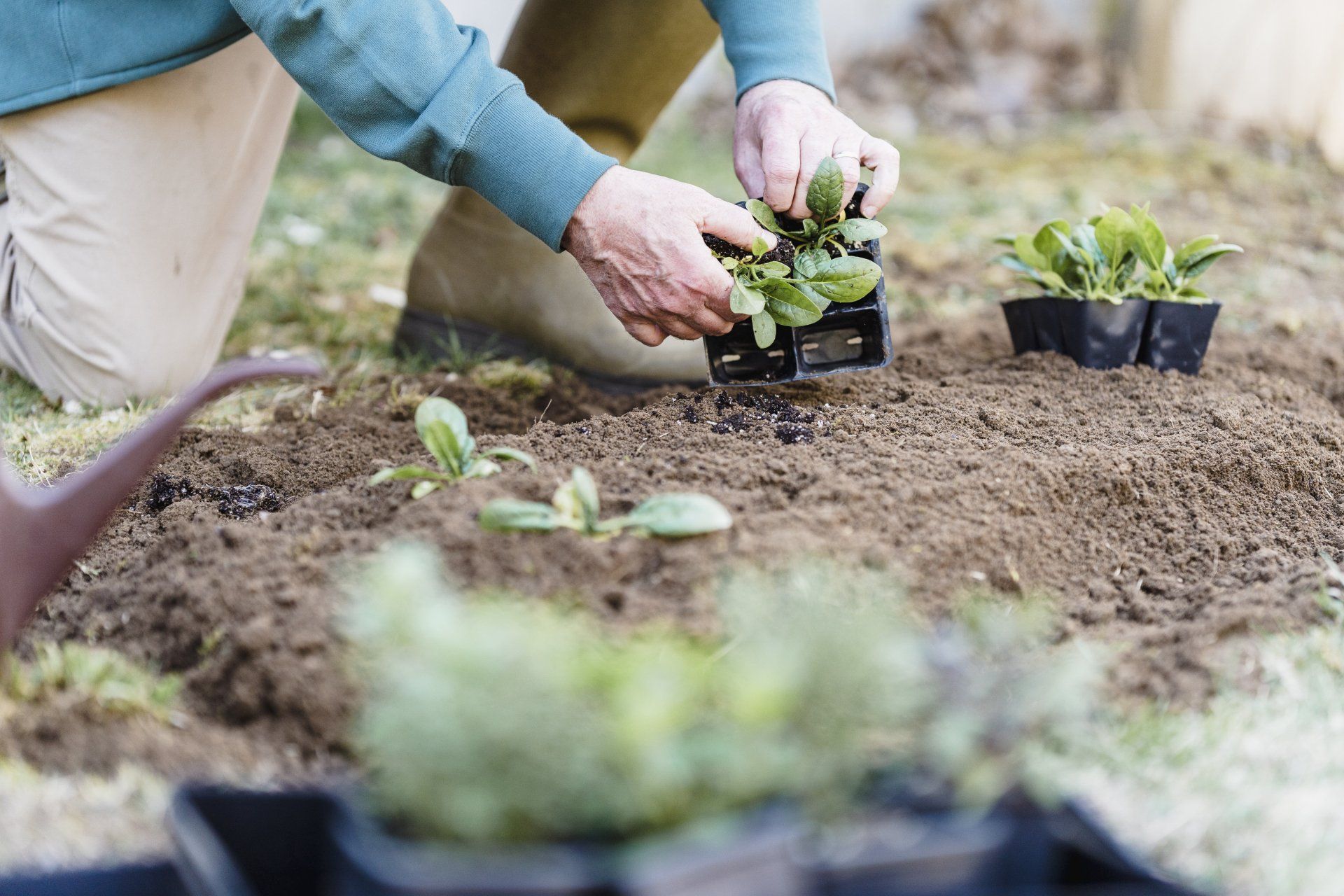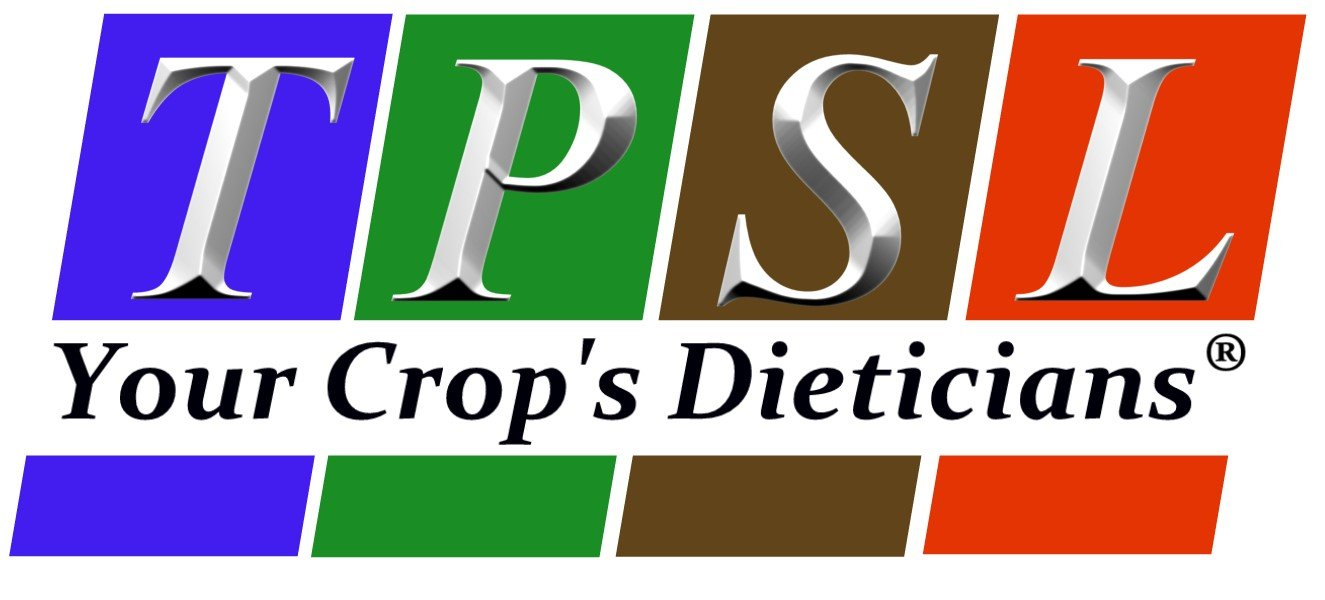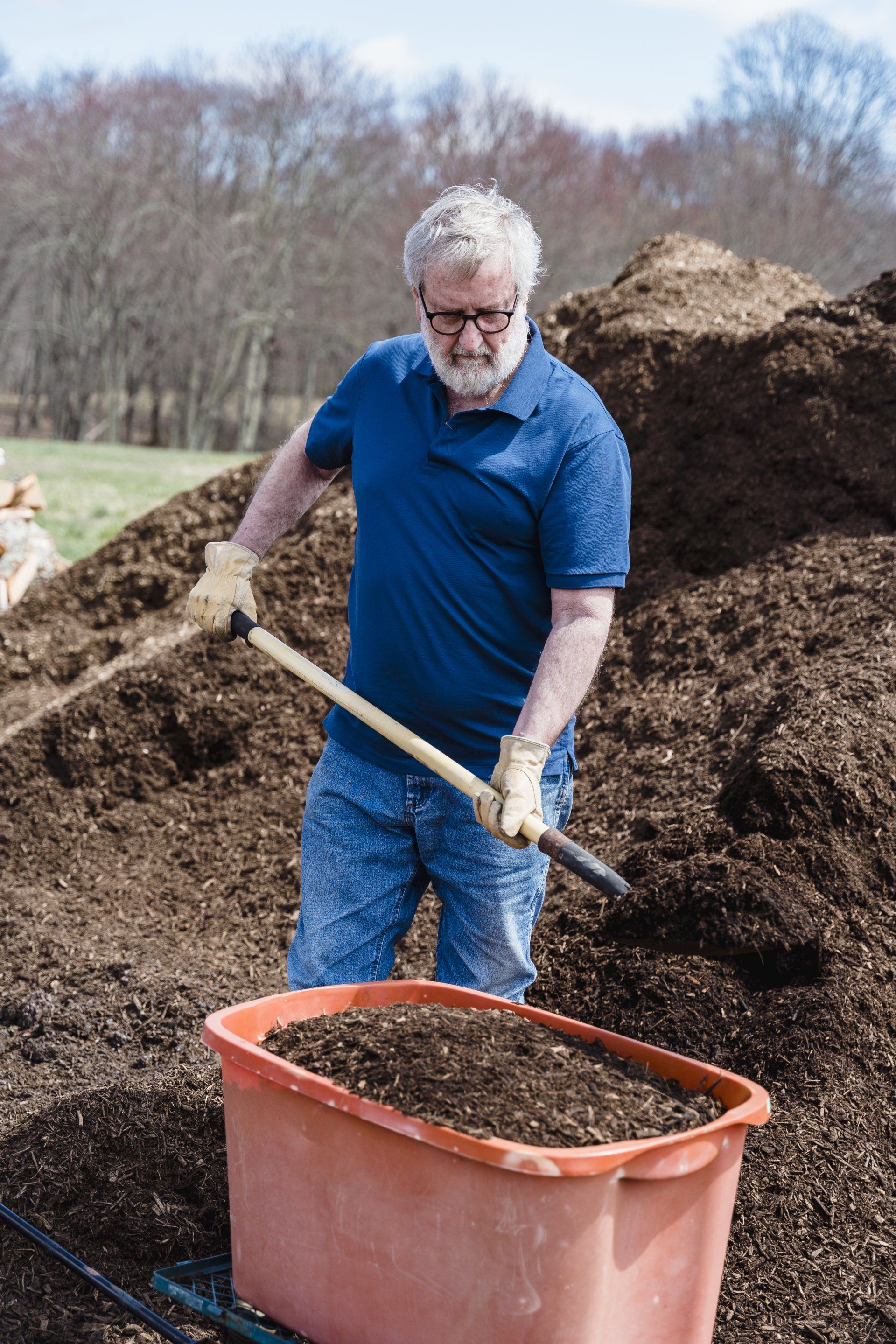Unveiling the Secrets of a Lush Garden: The Benefits of Spring Soil Testing
The Foundation of a Flourishing Garden

As the winter chill bids farewell and the vibrant colors of spring start to bloom, it's the perfect time to talk about something that often goes unnoticed – the health of your lawn and garden. We all dream of a lush, green oasis right outside our door, and achieving that dream begins with a simple yet crucial step: spring soil testing.
Understanding the Basics: What is Spring Soil Testing?
Spring soil testing is like a health check-up for your garden's foundation. It involves analyzing the composition of your soil to determine its nutrient levels, pH balance, and overall health. Just as we visit the doctor for regular check-ups, your garden deserves the same attention.
Why Should You Care?
Imagine trying to build a sturdy house on a shaky foundation – it wouldn't last long. Similarly, a garden's foundation is its soil. Testing it in spring allows you to identify deficiencies, ensuring your plants get the nutrients they need for optimal growth.
Nurturing Nature's Symphony
Optimizing Nutrient Levels
Did you know that plants have specific nutrient requirements, much like humans? Spring soil testing helps you discover what your soil lacks, allowing you to tailor your fertilization strategy. It's like providing your garden with a personalized nutrition plan.
Balancing pH: The Harmony of Acidity and Alkalinity
Ever wondered why some plants thrive in certain soils and not others? pH balance plays a crucial role. Spring soil testing unveils your soil's pH, allowing you to adjust it for the plants you want to nurture. It's like finding the perfect melody for each member of a botanical orchestra.
The Green Revolution: Your Garden's Transformation
Boosting Plant Health
Picture this: Your garden as a thriving ecosystem where each plant is a vital player. By addressing soil imbalances through spring testing, you create an environment where plants can flourish. It's akin to unlocking the full potential of a community working in harmony.
Preventing Pest Infestations
Think of your garden as a fortress, and pests as invaders. Spring soil testing helps you fortify your defenses by identifying weaknesses. A healthy soil profile is like a sturdy castle wall, deterring pests and diseases from wreaking havoc.
Your Garden, Your Sanctuary
Maximizing Aesthetic Appeal
Have you ever marveled at a neighbor's breathtaking garden and wondered, "Why not mine?" Spring soil testing is the secret ingredient. It allows you to tailor your soil's composition, ensuring your garden is not just healthy but visually stunning. It's like creating a masterpiece on nature's canvas.
Sustainability Starts at Home
In a world leaning towards eco-conscious living, your garden can make a difference. Healthy soil means less reliance on synthetic fertilizers, contributing to a greener planet. Your garden becomes a small but impactful player in the global sustainability movement.
In Conclusion: Cultivating a Garden of Dreams
In the grand tapestry of nature, your garden is a unique thread waiting to be woven into a masterpiece. Spring soil testing is the brushstroke that adds vibrancy and life to this canvas, transforming your outdoor space into a sanctuary of beauty and sustainability.
Frequently Asked Questions
1. Why is spring the ideal time for soil testing?
Spring offers the perfect conditions for accurate soil testing, as the soil is neither too wet nor too dry, providing reliable results.
2. How often should I conduct spring soil testing?
For most gardens, an annual spring soil test is sufficient. However, if you notice significant changes in plant health, more frequent testing may be beneficial.
3. Can I conduct soil testing myself, or should I hire a professional?
While DIY kits are available, professional testing provides more accurate results and comprehensive insights into your soil's health.
4. What if my soil test reveals nutrient deficiencies?
Addressing nutrient deficiencies may involve adjusting fertilization practices or incorporating specific soil amendments recommended by a professional.
5. Does spring soil testing contribute to sustainable gardening?
Absolutely! By understanding your soil's needs, you can minimize the use of synthetic fertilizers, promoting a more sustainable and eco-friendly approach to gardening.




